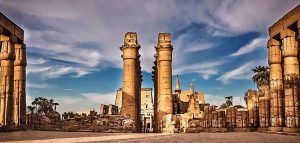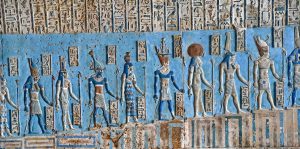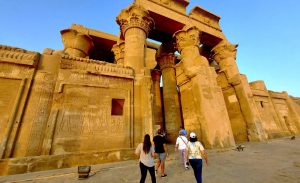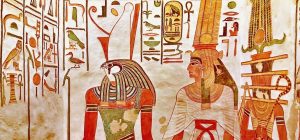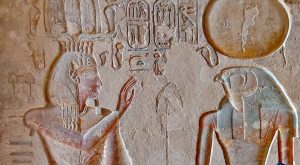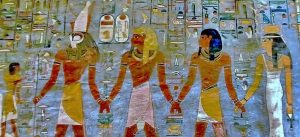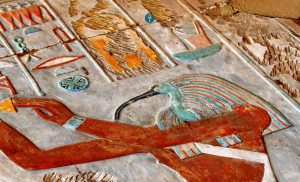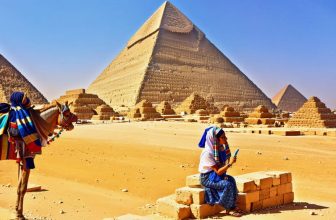Luxor is without a doubt the world’s most renowned ancient city, and with its numerous historic monuments, it is also regarded as the world’s largest open-air museum. You can’t consider your Egypt vacation complete until you’ve stood in the shadows of Luxor’s Royal Colossi. The Karnak sacred temple complex, the Valley of the Kings, the Valley of the Queens, and the spectacular Temple of Queen Hatshepsut are just a few of the many tourist attractions and activities to do in Luxor. Some of the activities and things to do in Luxor include taking a balloon ride or a horse carriage tour, getting lost in the Luxor Museum, and seeing the mummification museum.
Top Rated Attractions in Luxor
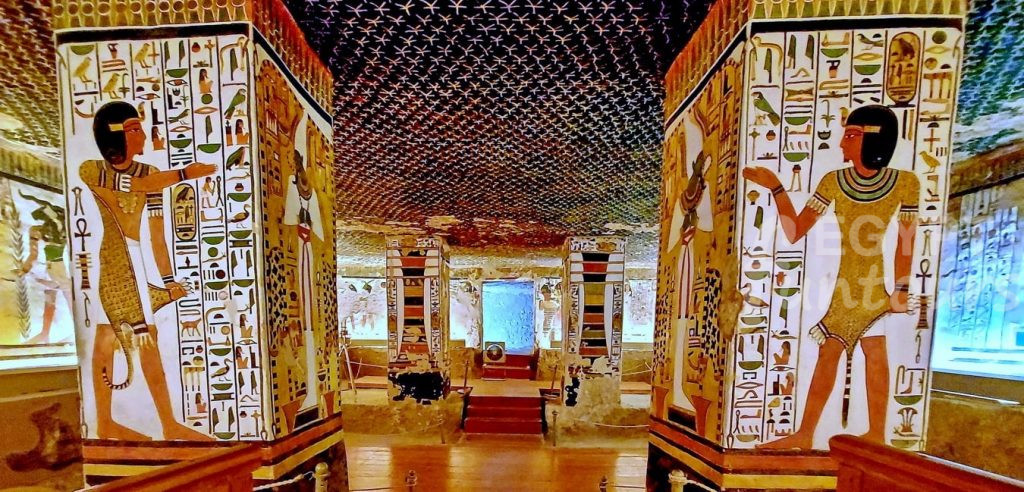
Queen Nefertari’s Tomb at the Valley of the Queens
The tomb of Queen Nefertari, which can be found in the Valley of the Queens on the west bank of Luxor, is one of Egypt’s most beautiful tombs. This tomb has a lot of “wow” aspects. The degree of detail is incredible, and the colors are more brilliant than any of Egypt’s other tombs, temples, or pyramids. Put the tomb of Queen Nefertari on your list if you want to see what tombs were like 3,000 years ago. This tomb comes at a high cost: 1400 EGP (about USD 90 as of January 2021). Is it, therefore, worthwhile? YES, we
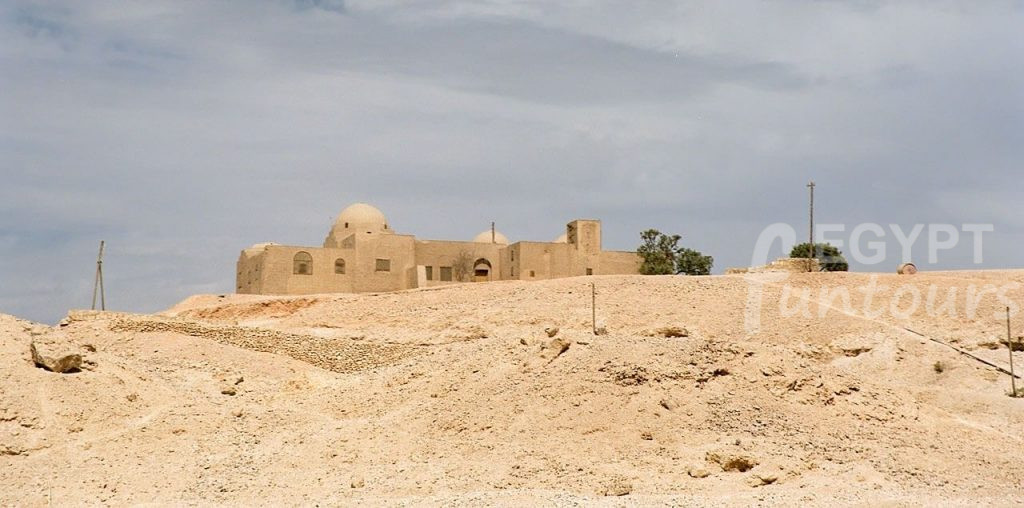
Tomb of Tutankhamun Replica & Carter’s House
Tutankhamun’s Tomb Replica & the House of Lord Howard Carter During the protracted hunt for Tutankhamun’s tomb, Carter made his home in this humble mud-brick dwelling. In the garden, you can also see an identical copy of Tutankhamun’s Tomb from the Valley of the Kings. The burial chamber of the tomb replica is an identical duplicate of the original, even down to the dust. It was designed as an experiment in modern preservation by the Factum Foundation for Digital Conservation in conjunction with Egypt’s Ministry of Antiquities. Millions of tourists visit Egypt each year to see the country’s Pharaonic tombs
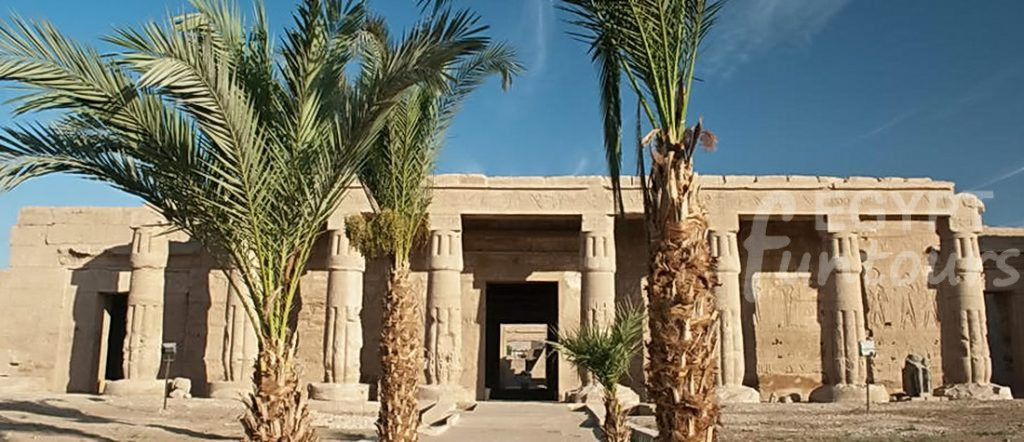
Mortuary Temple of Seti I
Seti I, the king of Abydos’ splendid temple, his exquisite tomb in the Valley of the Kings, and Karnak’s magnificent hypostyle hall, died before this memorial temple was completed, so his son Ramses II, who had a stronger hand, finished it. Despite its beautiful setting amid a palm grove, this temple at the northern end of the Theban necropolis sees few visitors. Floods in 1994 seriously destroyed the temple, which has since been completely rebuilt. A tiny door in the northeast corner of the restored fortress-like enclosing wall leads to the entryway. The first and second pylons, as well as
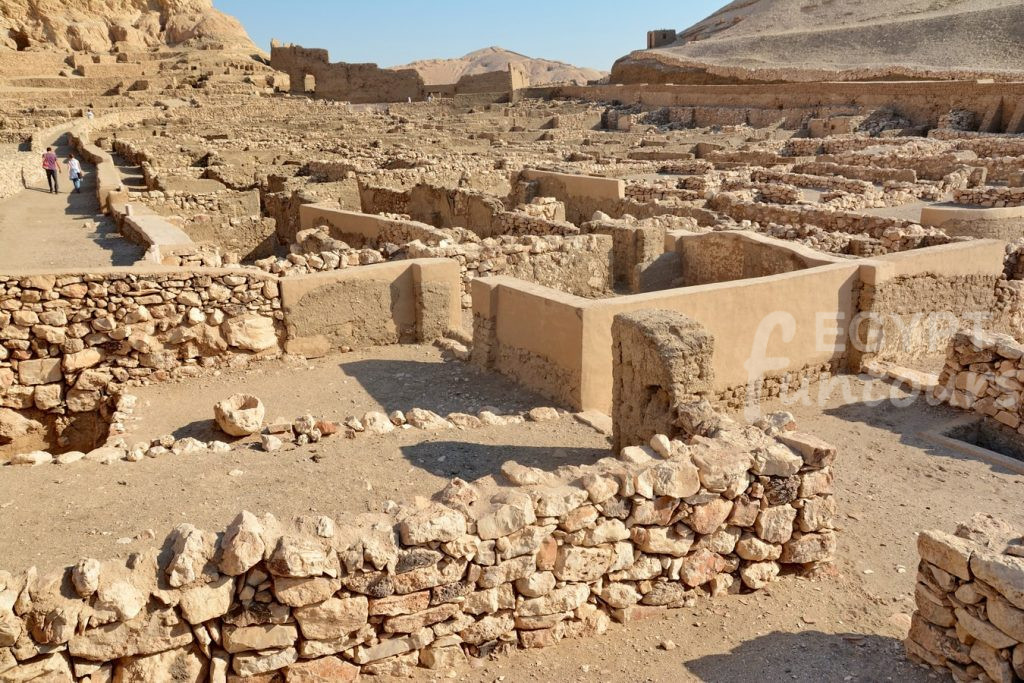
Deir El-Medina
During the 18th to 20th Dynasties of the New Kingdom of Egypt (ca. 1550–1080 BCE), Deir el-Medina, or Daiyr el-Madinah, was an ancient Egyptian workmen’s hamlet that was home to the artisans who worked on the tombs in the Valley of the Kings. Set maat “The Place of Truth” was the settlement’s original name and the workers who resided there were known as “Servants in the Place of Truth.” The temple of Hathor was transformed into a church during the Christian era, giving it the Egyptian Arabic name Deir el-Medina (“town monastery”). While the world’s attention was focused on Howard

Colossi of Memnon
The Colossi of Memnon are two huge stone sculptures of Amenhotep III, the Egyptian king who ruled during the Eighteenth Dynasty. They have stood in the Theban Necropolis, west of the Nile River from the present city of Luxor, since 1350 B.C. The Colossi of Memnon are the most well-known monuments on the West Bank. These massive sculptures stand right before the main West Bank ticket office, alongside the major road that goes from the Luxor neighborhood of Al-Gezira on the west bank of the Nile. They depict Amenophis III seated on a cube-shaped throne, and originally stood watch at
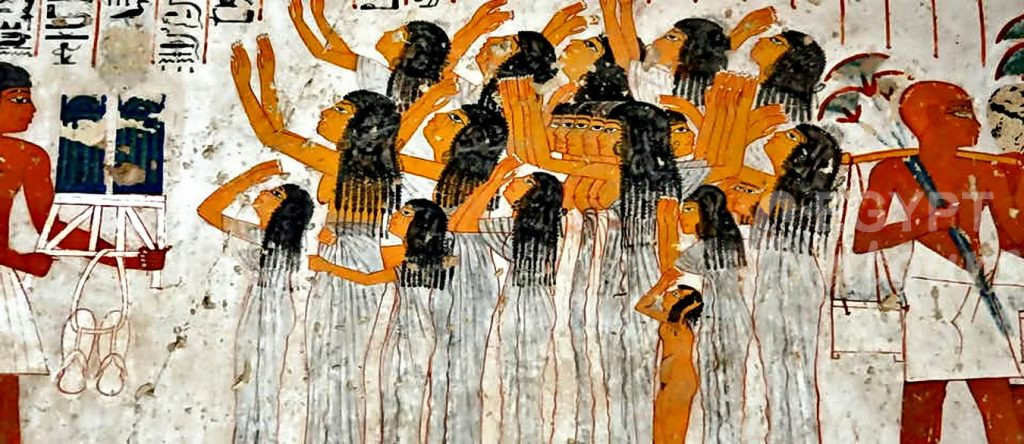
Tombs of the Nobles
There is a substantial section for the nobles’ tombs in every important ancient Egyptian necropolis, such as Giza plateau, Saqqara cemetery, Amarna graves, Luxor cemeteries, and Aswan graves. Almost everything we see now in Ancient Egypt is dedicated to the pharaonic royal family. Because of their immense scale and the fact that they are actually cut out of stone, the colossal construction projects that Egyptian kings commissioned throughout the civilization’s history have withstood the test of time far better than other ancient artifacts. In the temples and royal tombs surrounding Luxor, victorious kings’ triumphant iconography and images of endless life
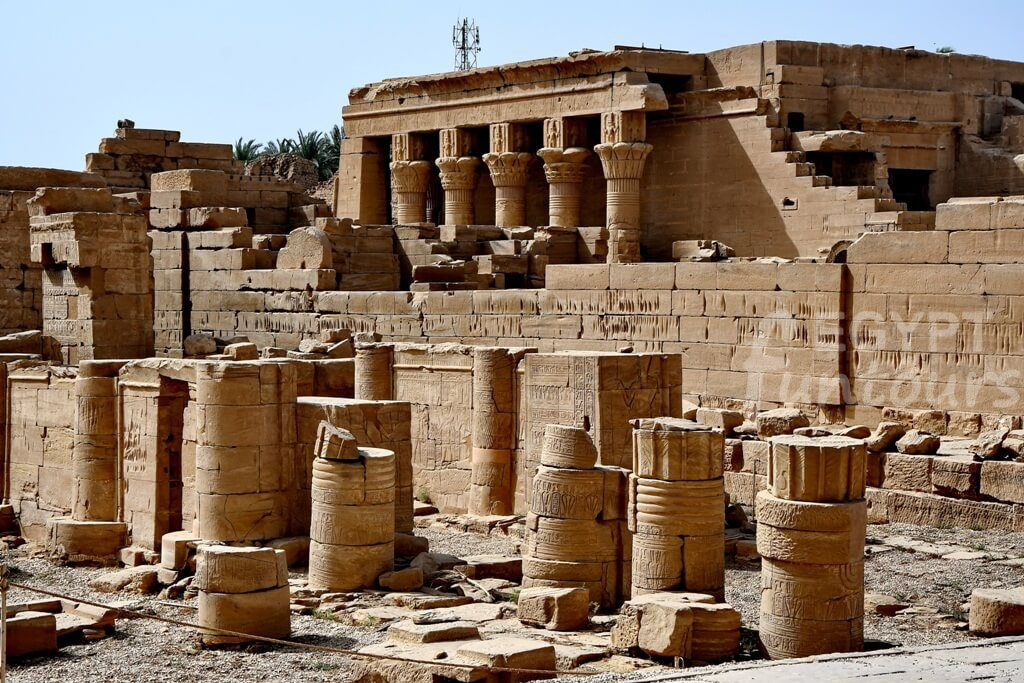
Dendera Temple Complex
If time allows, visitors to Luxor should try to see the renowned Dendera Temple Complex. From Luxor, the trip takes around an hour by cab. In one day, travelers may see both Dendera and Abydos temples on a private trip. Dendera Temple Complex Location The Temple is located approximately 4 kilometers from the Nile’s west bank, roughly opposite the city of Qena. Both Coptic and Muslim people live in the capital of the province and governorate of Qena (population – of 2,000,000). This village produces water pots, also known as “Qula” jars in Arabic. Abdel Raheem El-Kenawi, a Muslim Sheik,
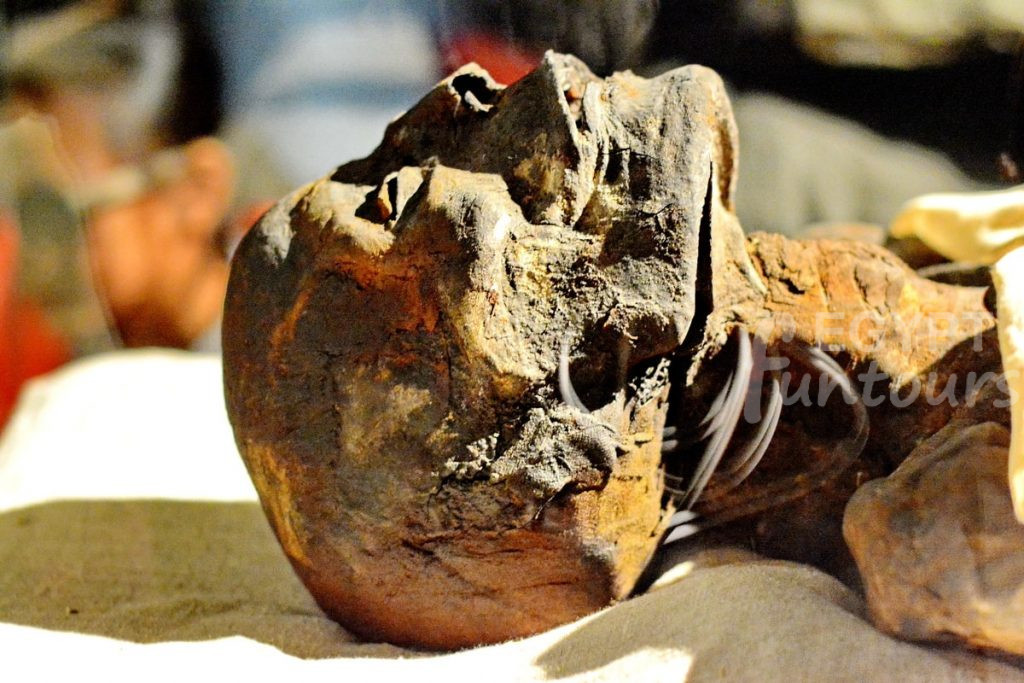
Luxor Mummification Museum
The Mummification Museum is a unique and intriguing spectacle to study in the neighborhood of the magnificent Nile River, more particularly in the endless and magical city of Luxor, the ancient Thebes. There, the art of mummification is precisely represented in ancient Egypt’s time, which is divided into three periods: the Old Kingdom, the Middle Kingdom, and the New Kingdom. You may observe mummified animals and learn about many of the equipment and materials utilized for such operations during the period. An interesting display of the ancient Egyptian technique of mummification may be seen in this modest museum on the
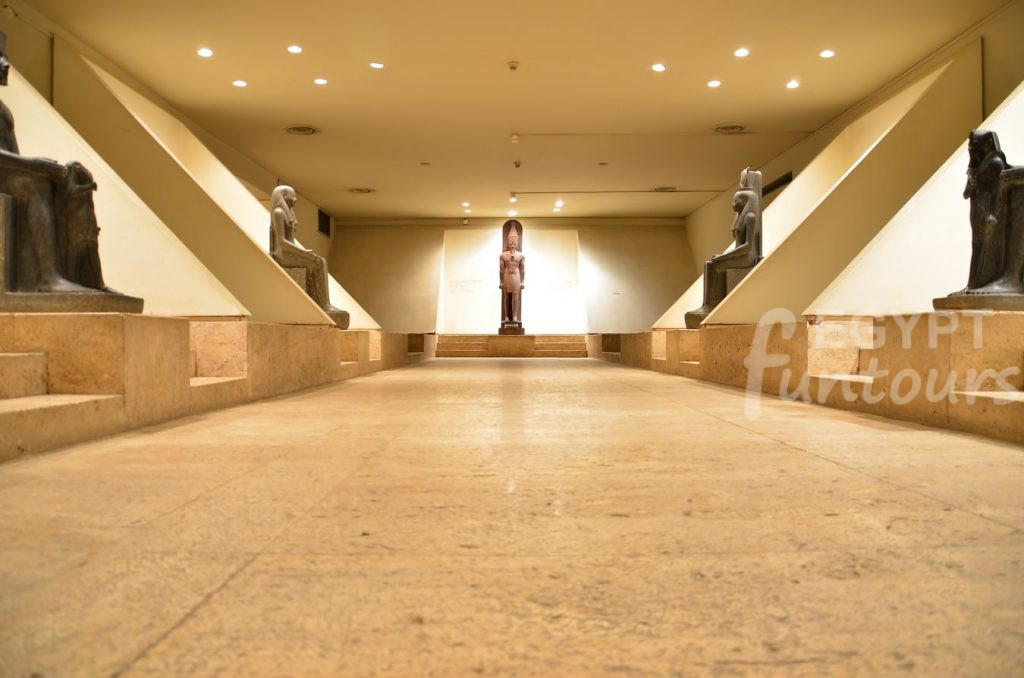
Luxor Museum
Luxor is a true cradle of humanity’s cultural legacy, but it is also a city that must meet the requirements of its residents on a daily basis. The Luxor Museum of Ancient Egyptian Art had difficulty in including the local population in the program of a site museum in one of the world’s most popular international tourist sites. The author is the museum’s general manager. The Luxor Museum of Historic Egyptian Art is located in the ancient and world-famous town of Luxor, which is located roughly 670 kilometers south of Cairo, Egypt’s capital, and has a population of around 70,000
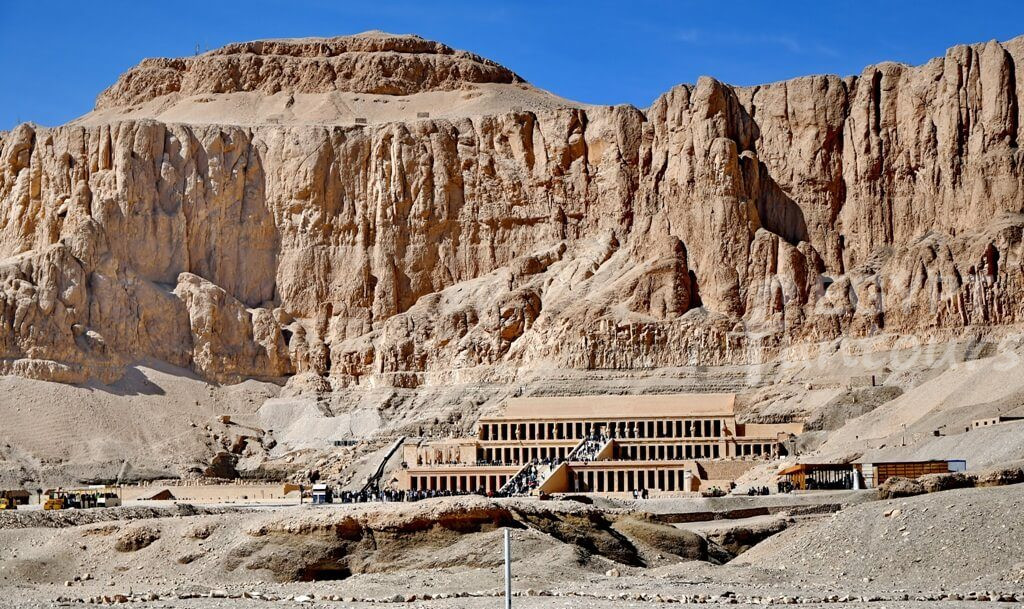
Queen Hatshepsut Temple
The queen who became a ruler, Hatshepsut (c.1473–1458 BC), constructed a beautiful temple at Deir al-Bahari, on the west bank of Luxor. It is immediately across the Nile from Karnak Temple, the deity Amun’s primary shrine. Senenmut, Amun’s top steward, created Hatshepsut’s temple, Djeser-djeseru “the Holy of Holies”. The temple is divided into three floors, each with a colonnade at the far end. Just beyond the portico on the topmost level is an open courtyard. Hatshepsut as Osiris, the deity of the dead, is shown in mummiform sculptures leaning on the pillars. This is because Djeser-djeseru is Hatshepsut’s mortuary temple,
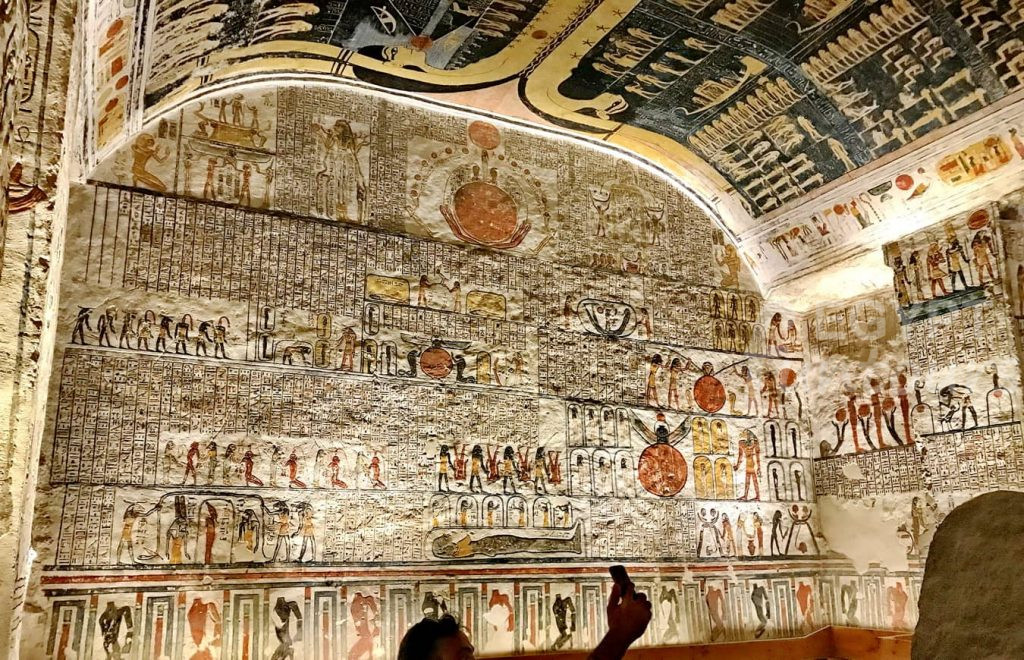
Valley of the Kings
The road where God Ra “The Sun God” sets. The Kings of Egypt’s affluent New Kingdom (1550–1069 BC) were buried in a barren dry river valley across the Nile from Luxor, thus the Valley of the Kings’ current name. This title isn’t fully true, though, because certain members of the royal family other than the King, as well as a few non-royal, but extremely high-ranking, persons, were buried here as well. The East and West Valleys make up the Valley of the Kings. The eastern valley is by far the more famous of the two, with only a few graves

Abydos Temple – The Great Temple of King Seti I
Abydos Temple The Abydos Temple, also known as the Seti I Temple, is one of Abydos’ most important historical landmarks. Pharaoh Seti I started construction in the temple, and it was completed by his son King Ramses II. The Osireion is located in the back of the temple.The Temple is one of the most important temples in history since it includes crucial proof of ancient Egyptian beliefs and ideas about the deity Osiris, his wife goddess Isis, and their son Horus! The essence of the God Osiris myth was incorporated into the account of Jesus’ birth from a virgin mother
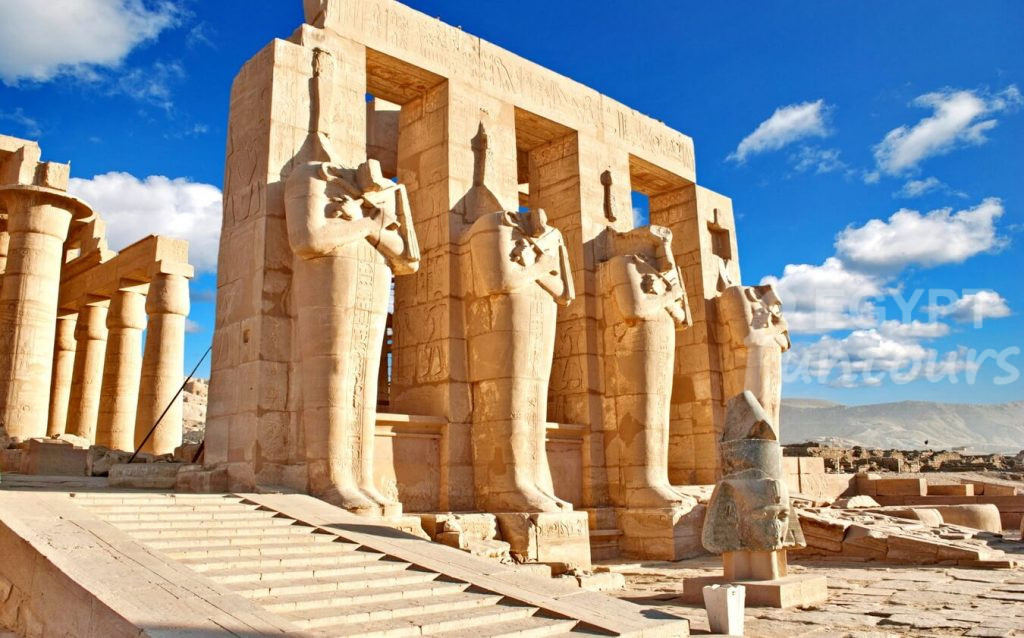
The Ramesseum Temple
In 1304-1207 B.C., Ramses II erected the Temple of the Ramesseum as a funeral temple devoted to the God Ra. The majority of the Temple is currently in a state of disrepair or destruction. Two pylons that previously stood near the Temple’s entrance have since collapsed. There is just a colonnaded hall that has survived in the Temple’s initial courtyard. A huge sculpture of Ramses once stood in front of the remains of the first pylon, weighing more than 1000 tonnes and standing 18 meters tall! The ruins of it can still be seen today. Many other kings, like Mernptah
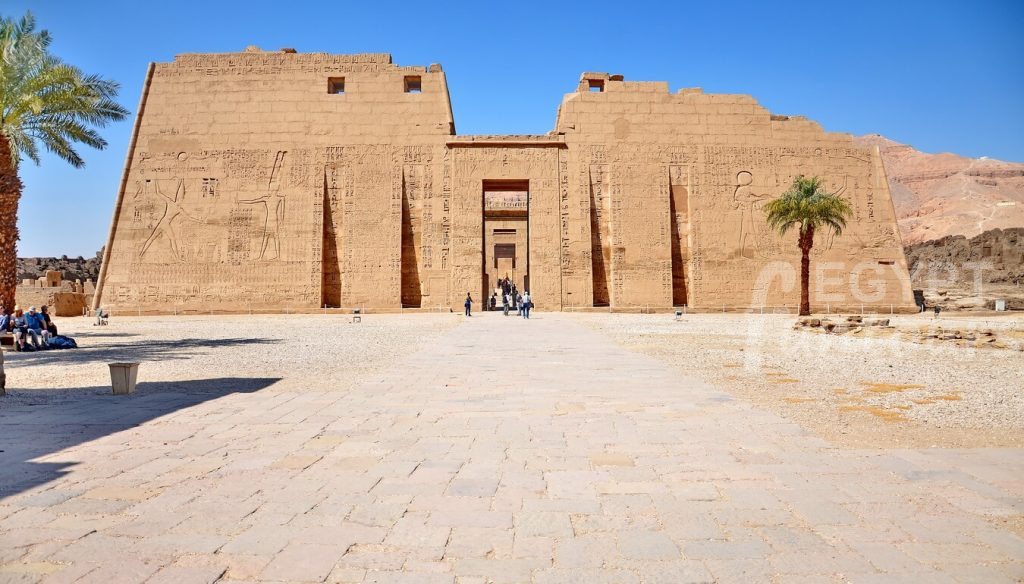
Madinet Habu Temple of King Ramses III
The Mortuary Temple of Ramesses III is located near Medinet Habu. It was a fortified location with walls that encircled Hatshepsut’s earlier Temple of Amun and the Mortuary Temple of Divine Adoratrice of Amun. A palace adjacent to the temple was likewise encircled by the walls. Ramesses III is supposed to have resided at the palace and had his funerary temple erected before his death. The Temple of Amun’s Divine Adortrices was dedicated to the numerous deceased daughters of Pharaohs who served in this religious capacity. The yearly pilgrimage of the Karnak Barque of Amun, which was brought in procession

Karnak Holy Temple Complex
The Karnak Temple in Luxor is the world’s largest temple complex, with so many components and sizes that each portion of the temple was erected by a different King from the new Egyptian Kingdom. The oldest part of the temple dates from the time of King Mentohotep NebhepetRa, the founder of the middle ancient Egyptian kingdom. He was the 9th king of the dynasty to which he belonged, but he is considered the founder of a kingdom because he reunited Egypt’s two lands into one country (2061 BC – 2010 BC). Even Alexander the Great and his brother paid close
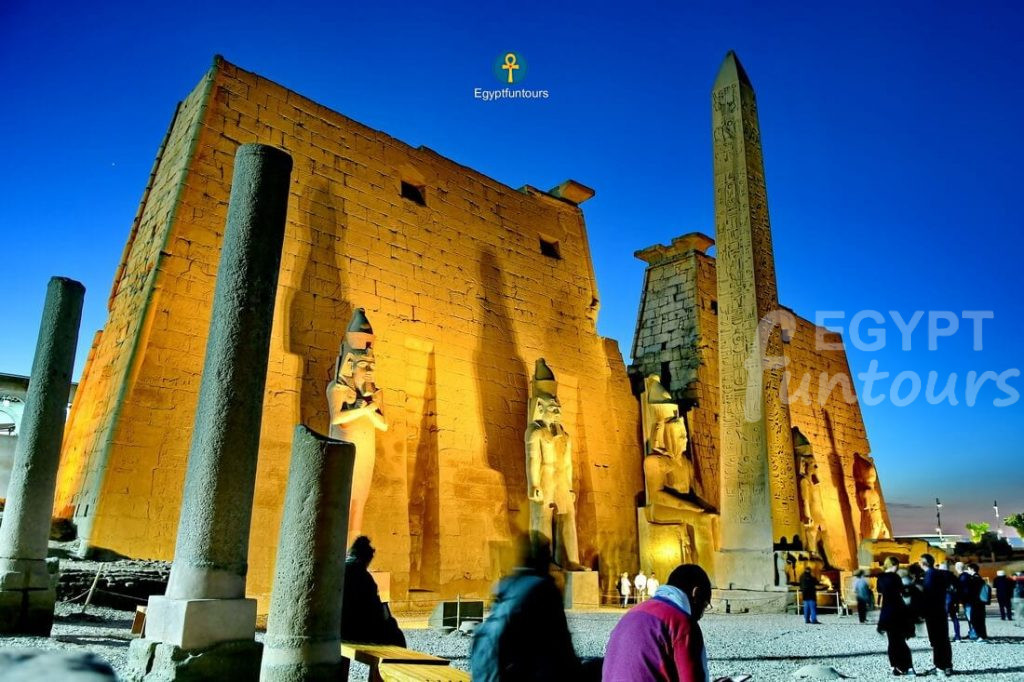
Luxor Temple
History of Luxor Temple Luxor temple is one of the most beautiful temples in ancient Egypt. The temple was started by King Amenhotep III from Dynasty 18. However, it is believed by some archeologists that the oldest part of the temple dates back to the time of King Mentohotep the founder of the Middle Kingdom. It seems that the ancient kings followed a long-term construction plan to finish the temple in centuries, not decades. The sanctuary, the hypostyle hall, and a colonnade were built by King Amenhotep III. The smart plan gave out two options, one is to leave the
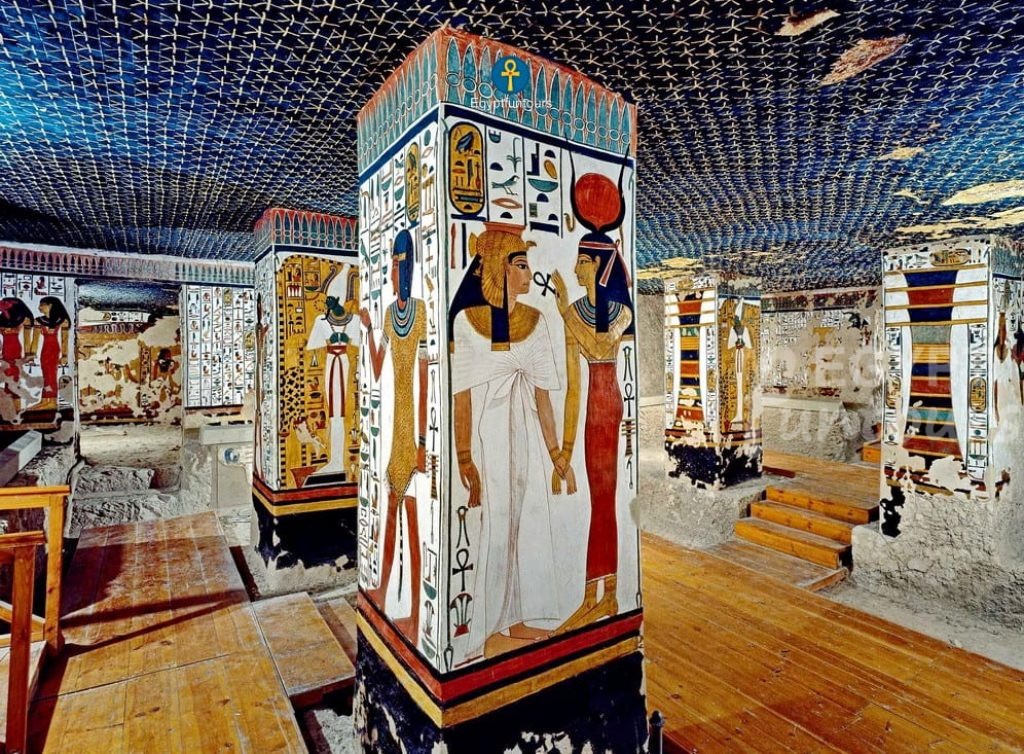
The Valley of The Queens
The Valley of the Queens, on Luxor’s west bank, has 78 tombs of Egyptian queens from the 18th, 19th, and 20th dynasties. The tomb of Queen Nefertari, King Ramses II’s wife, is the most renowned of them all. The tomb of Khaemwese (tomb 44) is among the valley’s tombs. Scenes in Khaemwese’s tomb depict him and his father being brought to the guards of the gates of the afterlife. He is clothed in a robe, wearing a necklace, and sporting the sidelocks of youth as he makes an offering in the scenario. Queen Titi’s Tomb (Tomb 52): She is most

Luxor Hot Air Balloon
Luxor Hot Air Balloon: An Experience of a Lifetime. If you’re looking for an adventure that’ll give you a bird’s-eye view of Luxor’s iconic landmarks, a hot air balloon ride is a must-do. Imagine soaring high above the Valley of the Kings and Queens, watching the sunrise over the Nile River, and spotting ancient temples and tombs from the sky. Simply put, a hot air balloon ride is an experience of a lifetime. Most hot air balloon tours in Luxor start early in the morning, just before sunrise. You’ll be picked up from your hotel and driven to the launch
Top Rated Things to do in Luxor
If you are interested in booking a full Egypt Tour Package, please check out our special packages and choose the one appeals to you.


